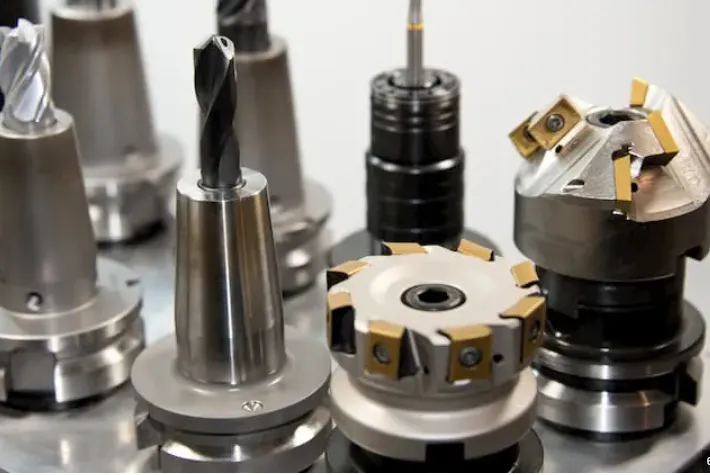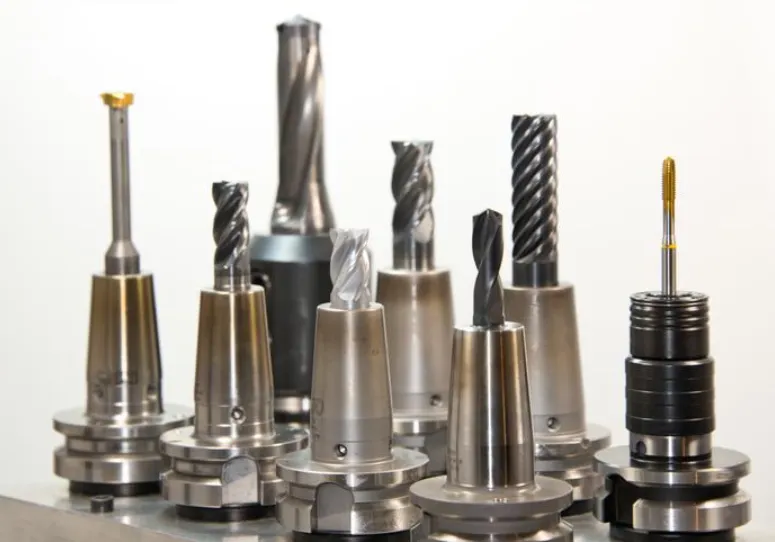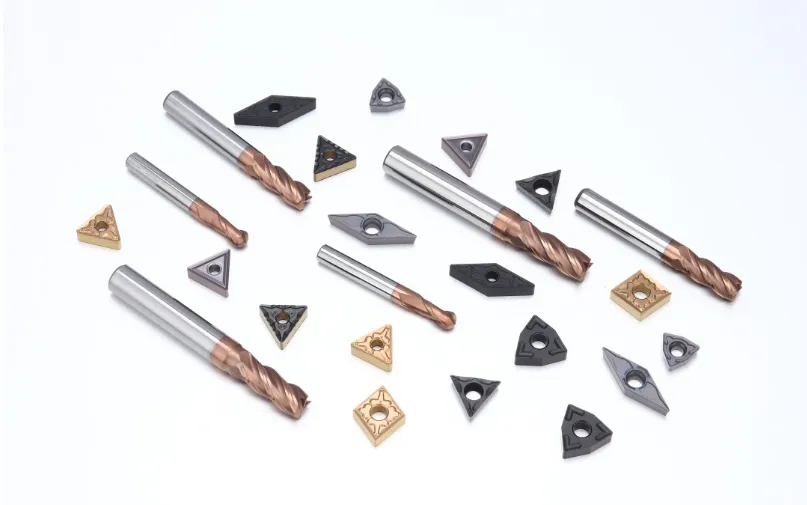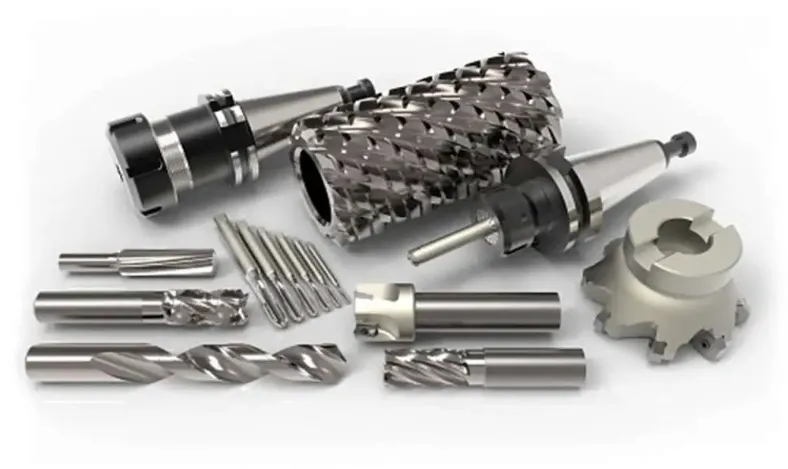Definition and Fundamental Principles
CNC (Computer Numerical Control) machine tools represent automated manufacturing systems that execute machining operations through programmed instructions. These machines interpret G-code programming language to control the movement of cutting tools with precision typically measured in microns. The technology operates on Cartesian coordinate systems (X, Y, Z axes) with additional rotational axes (A, B, C) for complex geometries. Modern CNC systems incorporate interpolated motion control that synchronizes multiple axes simultaneously, enabling the production of intricate components with dimensional tolerances as tight as ±0.005mm for high-precision applications. The fundamental architecture combines mechanical components with computerized control systems, creating a closed-loop manufacturing process that minimizes human intervention while maximizing repeatability.
Historical Development and Technological Evolution
The genesis of CNC technology dates to 1949 when the U.S. Air Force commissioned MIT to develop a numerically controlled milling machine for producing complex aircraft components. Early systems utilized punched tape programming and analog servo controls, with the first commercial CNC machines appearing in the 1960s. The 1980s marked a pivotal transition with the introduction of microprocessor-based controls, reducing machine costs by approximately 40% while improving reliability. Contemporary advancements include 64-bit multi-core processors capable of executing complex toolpath calculations in real-time, adaptive control systems that monitor cutting forces, and integrated simulation software that prevents collisions before execution. The global CNC machine tool market has grown consistently at 5-7% annually, reaching an estimated valuation of $93.5 billion in 2023.
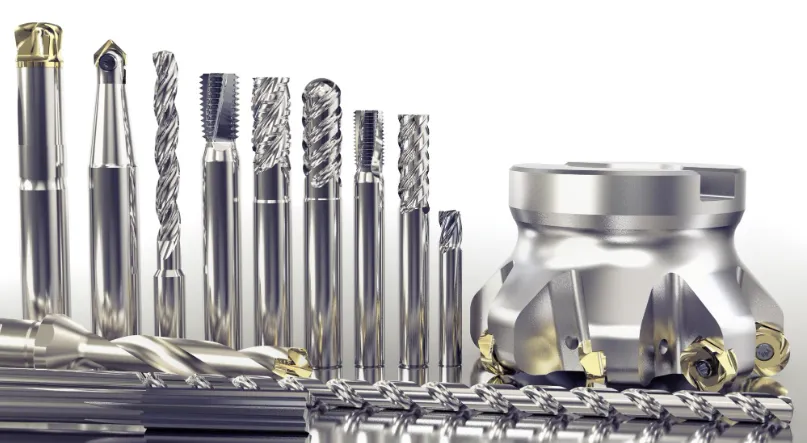 Core Components and System Architecture
Core Components and System Architecture
Modern CNC machine tools comprise several critical subsystems:
- Structural Framework
- Cast iron or polymer concrete bases providing vibration damping
- Linear guideways or box ways ensuring precise axis movement
- Thermal-symmetric designs minimizing heat-induced distortion
- Drive Systems
- AC servo motors with absolute encoders (resolution <0.1μm)
- Ball screws or linear motors for axis actuation
- Hydrostatic or roller bearing systems for heavy-load applications
- Control System
- Industrial PC-based controllers running real-time operating systems
- Multi-channel processing for simultaneous operations
- Network connectivity (EtherCAT, PROFINET) for data exchange
- Tooling Systems
- Automatic tool changers (20-120 tool capacity)
- HSK or CAT taper spindle interfaces
- Laser-assisted tool measurement systems
Major Machine Types and Capabilities
The CNC machine tool category encompasses diverse configurations tailored to specific manufacturing requirements:
- Vertical Machining Centers (VMCs)
- 3-5 axis configurations
- Spindle speeds to 30,000 RPM
- Typical work envelope: 500×400×400mm
- Horizontal Machining Centers (HMCs)
- Pallet-changing systems for uninterrupted production
- Enhanced chip evacuation for high-volume machining
- Larger work volumes (typically >1m³)
- Turning Centers
- Single/multi-spindle designs
- Live tooling for mill-turn operations
- Bar feeder integration for continuous production
- Grinding Machines
- Cylindrical, surface, and tool grinding variants
- Sub-micron accuracy capabilities
- Adaptive dressing systems
- Specialty Machines
- 5-axis simultaneous machining centers
- Ultrasonic-assisted machining systems
- Hybrid additive-subtractive machines
Control Systems and Programming Methodologies
Contemporary CNC controls have evolved into sophisticated digital platforms featuring:
- User Interfaces: 19-24″ touchscreen displays with 3D graphics
- Programming Methods:
- Manual G-code programming (ISO 6983 standard)
- Conversational programming interfaces
- CAD/CAM system post-processing
- STEP-NC (ISO 10303-238) direct CAD interface
- Advanced Functions:
- Look-ahead processing (500+ blocks)
- Adaptive feed rate control
- Thermal compensation algorithms
- Vibration monitoring and suppression
Leading control manufacturers including Siemens (840D sl), Fanuc (30i/31i/32i), and Heidenhain (TNC 640) continue pushing the boundaries with AI-assisted process optimization and cloud-based data analytics.
Precision Mechanics and Motion Control
The accuracy of CNC machine tools depends on several interrelated mechanical factors:
- Positioning Accuracy: Typically 0.005-0.015mm/m for standard machines
- Repeatability: Generally ±0.002mm for high-end models
- Spindle Performance:
- Runout <0.002mm TIR
- Thermal growth compensation systems
- Balanced for operation at 80% of maximum RPM
- Feed Rates:
- Rapid traverse: 30-60m/min
- Cutting feed: 1-15m/min depending on material
- Acceleration: 0.5-2.0g
Advanced machines incorporate laser-calibrated volumetric compensation that accounts for geometric errors across the entire work envelope, while active vibration damping systems maintain surface finish quality during heavy cutting operations.
Material Compatibility and Cutting Parameters
CNC machine tools process virtually all engineering materials, each requiring specific approaches:
| Material | Cutting Speed (m/min) | Feed per Tooth (mm) | Depth of Cut (mm) |
|---|---|---|---|
| Aluminum Alloys | 300-3,000 | 0.05-0.30 | 0.5-1.5×D |
| Steel (45 HRC) | 80-200 | 0.05-0.20 | 0.3-1.0×D |
| Titanium | 30-80 | 0.03-0.15 | 0.2-0.7×D |
| Composites | 100-500 | 0.02-0.10 | 0.1-0.3×D |
Modern toolpath strategies like trochoidal milling and high-efficiency machining (HEM) optimize material removal rates while extending tool life. Through-spindle coolant (up to 70 bar pressure) improves performance in deep cavity machining applications.
Industrial Applications and Sector-Specific Solutions
CNC machine tools serve as the backbone of modern manufacturing across industries:
- Aerospace
- 5-axis machining of turbine blades
- High-speed milling of aluminum structural components
- Cryogenic machining of heat-resistant alloys
- Automotive
- Mass production of engine blocks/cylinder heads
- Precision machining of transmission components
- Brake system component manufacturing
- Medical
- Micro-machining of orthopedic implants
- Production of surgical instruments
- Dental prosthesis fabrication
- Energy
- Turbine component machining
- Nuclear reactor part manufacturing
- Renewable energy system components
- Mold & Die
- Complex cavity sinking
- Precision EDM electrode production
- Surface texturing applications
Automation and Smart Manufacturing Integration
Contemporary CNC machine tools increasingly function within automated manufacturing ecosystems featuring:
- Robotic Integration:
- Collaborative robots for loading/unloading
- Automated deburring systems
- Vision-guided part handling
- Industry 4.0 Capabilities:
- OPC UA machine connectivity
- Predictive maintenance systems
- Energy consumption monitoring
- Digital twin synchronization
- Lights-Out Manufacturing:
- Automated pallet systems
- Tool life monitoring
- Adaptive process control
These integrations have reduced average setup times by 40-60% while improving overall equipment effectiveness (OEE) metrics in production environments.
Economic Considerations and ROI Factors
The financial analysis of CNC machine tool implementation involves multiple parameters:
- Capital Costs:
- Entry-level 3-axis mills: $50,000-$150,000
- Production-grade 5-axis centers: $250,000-$1,000,000+
- Specialized machines: $1.5-$5 million
- Operating Costs:
- Energy consumption: 10-50 kW during cutting
- Tooling expenses: 3-8% of part cost
- Maintenance: 2-5% of initial cost annually
- Productivity Gains:
- 300-500% faster than manual machining
- 50-80% reduction in setup times
- 30-60% improvement in material utilization
Return on investment typically ranges from 18-36 months for general machining applications, with high-volume production often achieving payback in under 12 months.
Emerging Technologies and Future Trends
The CNC machine tool sector continues evolving through several key developments:
- Additive Hybridization
- Integrated powder bed fusion with subtractive machining
- Directed energy deposition (DED) for part repair
- AI and Machine Learning
- Adaptive process optimization
- Predictive tool wear algorithms
- Anomaly detection systems
- Advanced Materials Machining
- Ceramic matrix composites
- Nanostructured alloys
- High-entropy materials
- Sustainable Manufacturing
- Minimum quantity lubrication (MQL) systems
- Energy recovery drives
- Recyclable cutting fluids
- Enhanced Human-Machine Interfaces
- Augmented reality (AR) maintenance guides
- Voice-activated controls
- Haptic feedback systems
These innovations promise to further enhance precision, productivity, and flexibility in manufacturing operations worldwide.
Training and Workforce Development
Effective operation of modern CNC machine tools requires specialized knowledge in:
- Machine Programming:
- G-code syntax and structure
- CAM software operation
- Post-processor configuration
- Process Engineering:
- Cutting parameter optimization
- Fixture design principles
- Tooling selection strategies
- Maintenance Skills:
- Preventative maintenance procedures
- Mechanical alignment techniques
- Control system troubleshooting
Educational institutions and machine manufacturers have developed comprehensive training programs combining virtual simulation platforms with hands-on machine experience to address the growing skills gap in advanced manufacturing.
Global Standards and Certification
CNC machine tools must comply with numerous international standards:
- Safety: ISO 16090 (Machine tools safety)
- Accuracy: ISO 10791 (Test conditions for machining centers)
- Environmental: ISO 14955 (Energy efficiency evaluation)
- Quality: ISO 9001 (Quality management systems)
Certifications such as CE (Europe), NRTL (North America), and GOST (Eurasia) ensure compliance with regional market requirements.
Environmental Impact and Sustainability
Manufacturers have implemented numerous initiatives to reduce the ecological footprint of CNC operations:
- Energy Efficiency:
- Regenerative drive systems
- LED machine lighting
- Smart power management
- Waste Reduction:
- Chip recycling systems
- Coolant filtration and reuse
- Minimum quantity lubrication
- Emissions Control:
- Mist collection systems
- Enclosed machining areas
- Low-VOC materials
These measures have reduced average energy consumption per part by 25-40% compared to early 2000s levels while significantly decreasing hazardous waste generation.
Conclusion and Future Outlook
CNC machine tools continue to transform global manufacturing through their unmatched precision, efficiency, and flexibility. As the technology converges with advancements in artificial intelligence, advanced materials, and sustainable manufacturing practices, these systems will play an increasingly vital role in everything from mass production to customized medical implants. The ongoing development of smarter, more connected, and more capable machines ensures that CNC technology will remain at the forefront of industrial production for decades to come, driving innovation across virtually every sector of the global economy.


